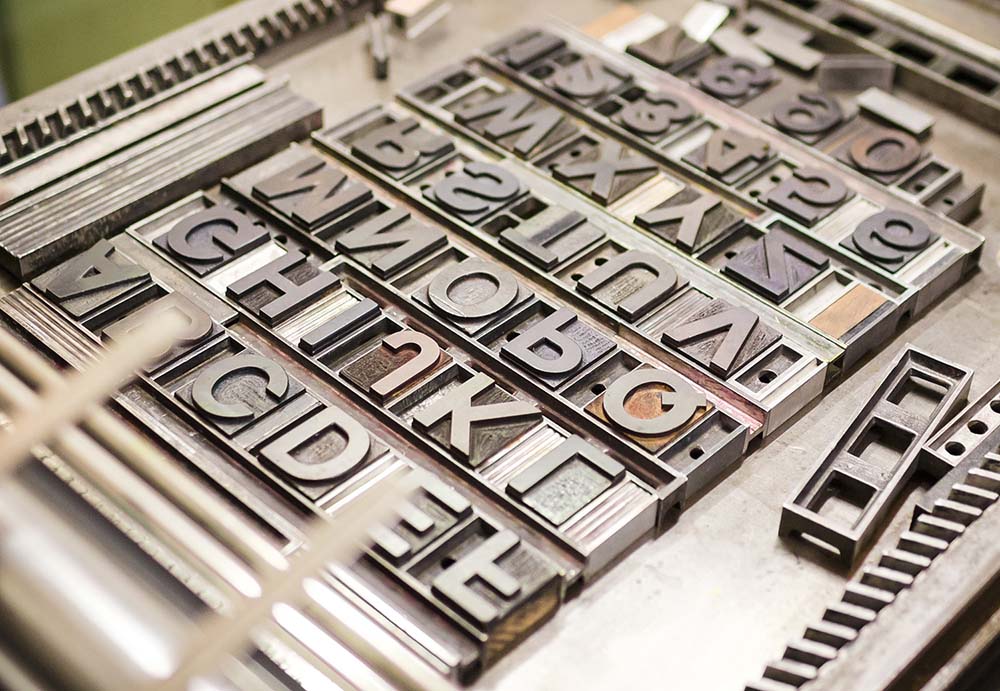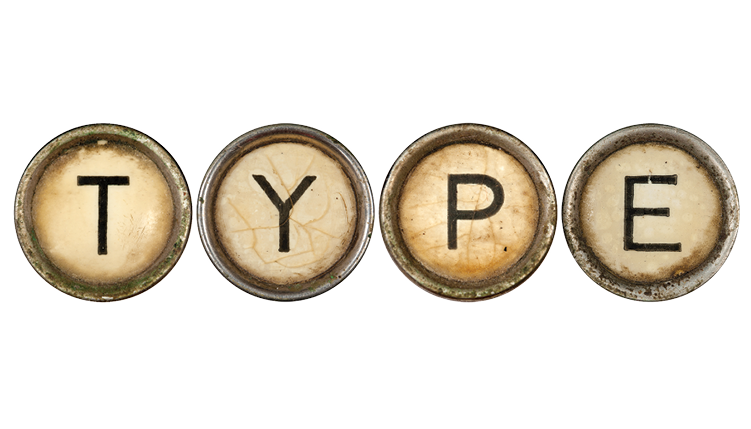New to self-publishing?
Unlike traditional publishing, where you give away many of your rights to the publishers, when you self-publish you retain all rights in what you have created. You remain in the driver’s seat and have control over how your book looks, who sells it, and what editions or formats it will be in.
The options you have, and the decisions you need to make, can be bewildering. These pointers will help you make sense of the key responsibilities and decisions you have as a self-published author.

The cost of changes rises the further through the publishing process you get.
Catching errors early in the process and ideally before you have sent us your manuscript is the best way of keeping the cost of changes under control. Using on-line spelling and grammar tools is advisable, some of which we mention in our manuscript advice. Using an experienced copyeditor is often the difference between a book that is easy to read and one that is not. Ideally, this will be someone who is based in New Zealand and knows local language and style.
Paying for a copyeditor will increase the overall cost of your book. However, errors they find can be resolved in the manuscript and that is the most economical place to do so.
Errors that are found on electronic proofs are more expensive to correct. Sometimes an error requires that a whole sentence is re-phrased, changing the word count on the page. That may cause text to overflow the page and require multiple pages to be adjusted, all of which increases your cost.
If an error has not been noticed until the final book proof is completed, then the cost of correcting that error is greater still. That is because it is not just the cost of correcting the text in a page or pages, but also the re-generation of the intermediary (technical) files and repetition of the pre-production steps that must be included in the cost of fixing the error.
When many errors have been found and corrected at this late stage, the additonal costs of doing so are likely to be substantially more than the fees for a professional copyeditor.
A good resource for finding a copyeditor is the NZ Association of Manuscript Assessors. A list of editors is on the NZ Society of Authors website: authors.org.nz/list-of-assessors-and-editors/

Good typography and design are an essential investment in your book’s success.
Typography is a craft that has been refined over centuries and is still best left in the hands of experts. The choice of typeface and the way type is presented on a page conveys information about the content of a book and so must be selected with care.
In other words, the typography used in a book must match the author’s intentions of how they want their book to be perceived by its readers and that takes real skill.
Page designs that are confusing, hard to follow or that contain noisy distractions create an impression of low quality and a lack of care about the subject. Readers today are visually literate and expect to see well-crafted material. The countless hours you have spent researching, writing, and pouring yourself into your book demand skilful attention to typography and design. We have decades of this experience that you can take advantage of.

You rightly expect to retain all rights in your work, insist on the same for others.
In Aotearoa New Zealand there is no registration process to record your copyright for a book you have written. Copyright is automatic, but we still recommend including a simple statement asserting your rights in the front of your book. We usually add this page to each book when we design it.
Copyright exists to ensure authors and other creators are acknowledged and able to benefit from their work. When you self-publish you retain all the rights to copy your work, use it in public, create new editions or build upon it. These rights are typically handed over to the publisher in traditional publishing.
While you do not need to become an expert in copyright legislation, we do recommend learning the basics. A good place to start is the website of Copyright Licensing New Zealand (CLNZ) at www.copyright.co.nz. Learning about your responsibilities with copyright can help you avoid actions that may lead to you being accused of infringing on the rights of others. One way this can happen is by using images in your book that have been copied from someone else’s website.
To reproduce a photograph, diagram, figure, or other type of image, you must first obtain the rights to do so from the copyright owner. Obtaining a licence, or clearance, to use someone else’s work in your book is a critical part of your role as publisher. This will usually require the payment of a fee to the copyright owner, and an acknowledgement of the source of the image to be printed in your book. There may also be specific restrictions imposed on your use of the image.
If you need images for your book, including historical ones, we can help. We have access to image libraries and can work with you to select suitable images and obtain clearances.

You have some other responsibilities as a self-publisher.
An International Standard Book Number (ISBN) is a globally unique identifier for your book – each format of the same book will need its own ISBN. While they are intended to make it easier to identify, track, and sell a book, we always recommend them. An exception can be made for books that will have a very limited distribution, perhaps to just close family. But if there is the possibility of even a limited public distribution, then getting an ISBN is a good idea.
The National Library issues ISBNs and they have a simple form on their website for this at https://natlib.govt.nz/publishers-and-authors. When requesting an ISBN, they will ask for basic information about your book (such as the title and author). You do not need to request an ISBN until after your manuscript is complete and we have provided an electronic proof. Once you have the ISBN, we will create a bar code for it which we will use on your book cover. Remember that if you are publishing both softcover and hardback editions, each will require its own unique ISBN.
You may also be required to provide one or two copies of your book to the National Library, depending on the number of books printed. This is called the Legal Deposit, and a form to be completed and sent in with copies of your book is on the National Library’s website. There is an exclusion for books that are only made available to your immediate circle (family and friends). If your book is not going to be available to the public, then the Legal Deposit requirement may not apply to you.
The National Library also manages the Catalogue in Publication records which are used to provide notice of soon to be published books to libraries and book sellers. We recommend obtaining a CiP record if your book is going to be publicly available.

You do not have to do it all.
Typically, self-publishing means taking responsibility for all aspects of the production and distribution of your book. But you do not need to do it all. We recommend that you be deliberate about what parts of the publishing process you want to retain, and which parts you will rely on others to provide.
For example, you can choose to manage the printing and binding of your book. That will mean identifying a commercial printer specialising in short run or digital printing, and working with them to select paper stocks, finishing, and binding options for your book.
Alternatively, we have simplified much of the print production process for you by offering three easy to understand self-publishing packages. Each package is designed for specific types of books, including childrens books, novels and family history books. See our book packages page for more information.
Care is needed when selecting an organisation to entrust with your book. Unfortunately there are sophisticated publishing scams targeting self-publishing authors. A useful watchdog site to learn about these scams is writerbeware.blog
Many overseas websites offer to print and sell self-published books. However, the cost of shipping them to New Zealand often makes this uneconomical. We use and recommend New Zealand based companies for printing and distribution.
